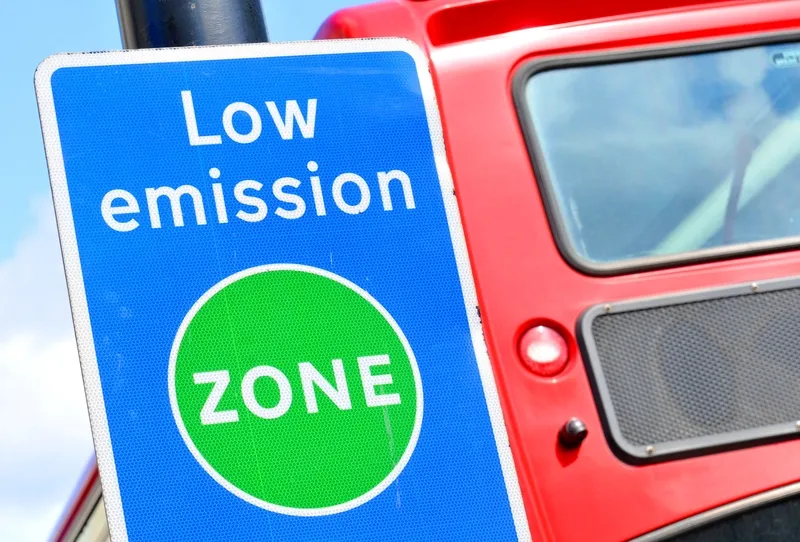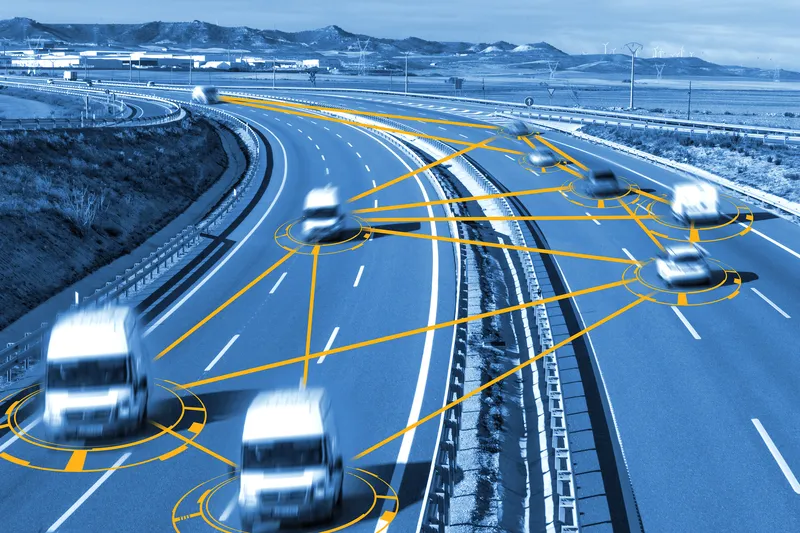
Iteris - recently taken over by Almaviva Group - has signed a two-year Software as a Service (SaaS) agreement with the Minnesota Department of Transportation (MnDOT).
It means the state will continue to use Iteris' ClearGuide platform, which enables the visualisation and analysis of traffic data.
MnDOT will continue to have access to features including bottleneck detection and alerts; dynamic maps; congestion mitigation tools; historical trend reports and dynamic congestion charts to track improvements; and traffic data communication to variable message signs.
Scott Perley, vice president of program management at Iteris, says: “With ClearGuide, MnDoT has access to insights for smart, data-driven decisions that will help them in their mission to provide a safe, equitable and sustainable transportation system to the travelling public of Minnesota.”









